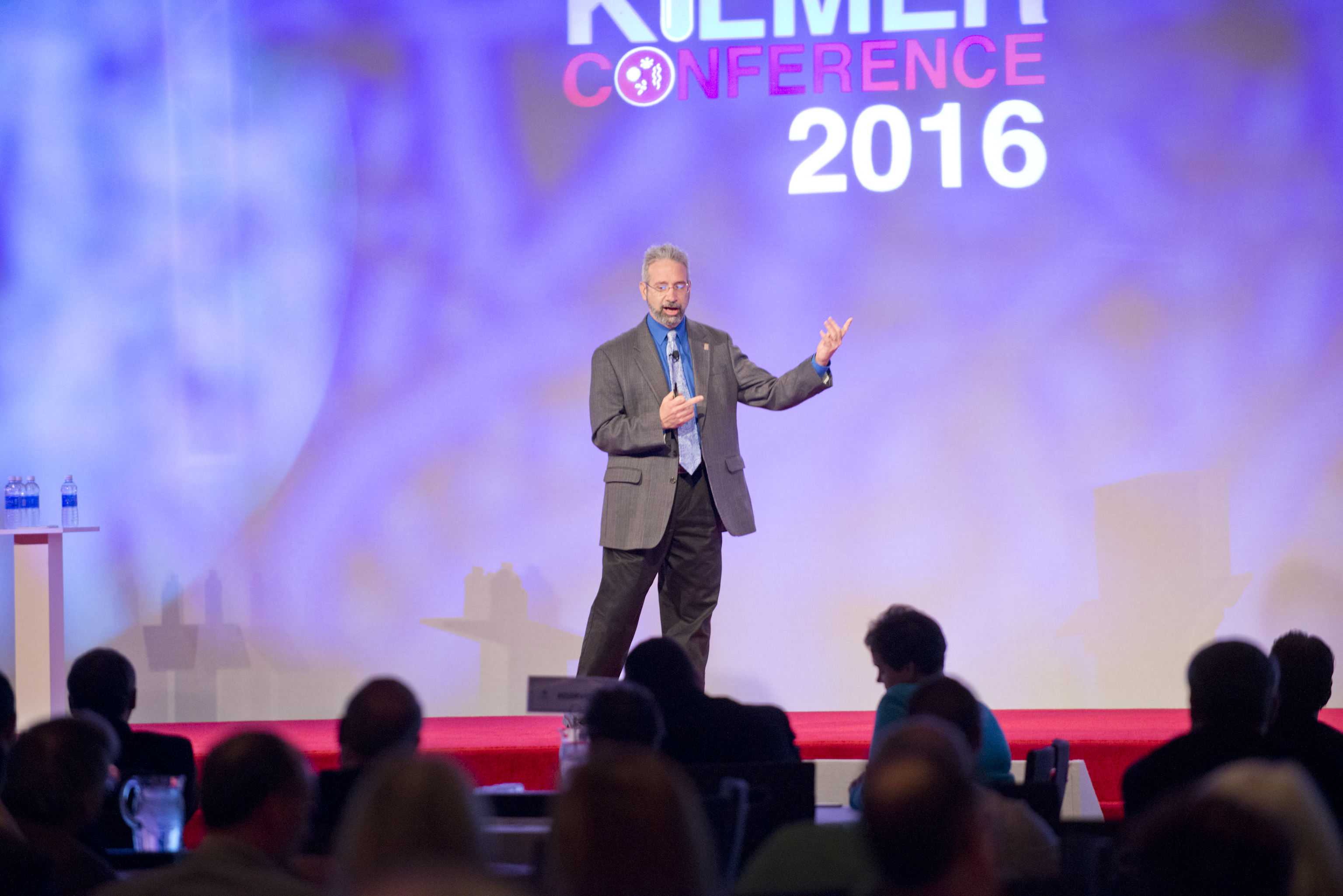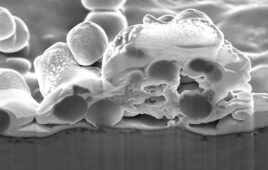Sepsis is a global healthcare problem that is more common than heart attacks and claims more lives than any cancer. Sepsis is common and often deadly, and it remains the primary cause of death from infection.
While infections are not typically linked to a lack of sterilization of the products used, rates of infection can increase if products are not properly handled to include reprocessing, disinfection, or sterilization prior to use.
To help ensure patient safety and product quality, the focus for Sterility Assurance professionals for over 40 years has been to deliver sterile products for use by nurses, doctors, and other healthcare providers to help reduce the potential for patient infections.
As we look to the future, there are many new frontiers in medicine, such as 3D printing, robotics, personalized medicine, drug device combinations, and disease interception. All of these are squarely aimed at improving the standard of care around the world.
The sterility assurance community needs to adapt our methods to an ever-increasing rate of innovation. While the development of new drugs and devices used to take a decade, it can now only happen in just a few years.
In order to ensure more efficient delivery of these new innovations to patients, sterility assurance needs to keep pace with these product innovations. The question is: how?

Attendees of the Kilmer Conference filled out cards affirming their commitments to continue learning new competencies as they moved to an E2E sterility assurance model.
In order for sterility assurance to become a true collaborator in medical advancements, the professionals in our community need to break down barriers, broaden our partnerships, and increasingly work in tandem with the medical community, universities, and regulators.
Sterilization cannot be an afterthought in product innovation, and sterility assurance professionals need to have a place at the table from design throughout the total life cycle of a product. No matter how innovative or groundbreaking a product might be, it’s rendered useless if not properly sterilized, reprocessed, or disinfected.
Too often, sterility assurance comes at the end of the R&D process. If we are not innovative, we can either stop a product from coming to market or we could seriously delay the ability to bring new products to the market, thereby delaying advances that bring value to patients or consumers.
To help promote collaborative innovation, the sterility assurance community needs to leverage its scientific foundation to constantly question the status quo, thereby opening doors to innovation. Here are three steps the sterility assurance community can take to help make collaborative innovation a reality:
Avoid duplication and bring technical findings to light: One area that prevents collaborative innovation is the hesitation by many companies to allow Sterility Assurance professionals to publish technical findings, which stems from a history of wanting to protect intellectual property. However, some of these technical findings may include data regarding publicly available technologies and are not always protectable intellectual property. This hesitation to publish means that we’re often forced to duplicate efforts and repeat studies multiple times to provide objective evidence to support change. Repeating studies prevents the community from continuing to build upon the technical competency, and is one of the reasons for a delay in technical advancements. In addition, the need to repeat studies adds delays in bringing new products to the market to benefit patients.
Challenge the status quo: Another area that prevents collaborative innovation is the hesitation to challenge the status quo. The FDA and many regulators around the world are open to working with the sterility assurance community to improve our processes. Even so, we have not seen significant advancements in our technical area in the last 20 years or more. The sterility assurance community and regulators need to work together to improve how we deliver sterile products using alternative sterilization processes and new validation methods that reduce the impact of the sterilization process on product functionality.
Share lessons learned: The sterility assurance community includes individuals with a number of technical disciplines (nurses, microbiologists, engineers, pharmacists) and stretches across many hospitals, medical device manufacturers, and pharmaceutical companies around the world. With the different disciplines needed to effectively deliver sterile products, there is a need to ensure that we share lessons learned across the industry, and open up the barriers to sharing information. To that end, Johnson & Johnson Sterility Assurance revived the Kilmer Conference in 2016, bringing together leaders from medical device and pharmaceutical industries, from regulatory agencies and academia, from contract sterilizers and contract laboratories, and from clinical staff and hospital central supply.

At the most recent Kilmer Conference, Matt Arduino, senior advisor at the Centers for Disease Control and Prevention, talks about infection controls and the importance of having sterile products.
The Sterility Assurance community is eager to embrace new approaches and change for the needs of future products. Throughout change, though, our community will continue to be focused on one constant: the science of sterility. That focus, coupled with the enthusiasm of our community, will be an engine of sterility assurance innovation in the years to come.
Joyce M. Hansen joined Johnson & Johnson as Vice President of J&J Sterility Assurance in 2012. She is a recognized industry leader in sterility assurance and sterilization practices, and she has over 37 years’ experience in sterility assurance.
A version of this story appeared in the March 2017 issue of Surgical Products.




